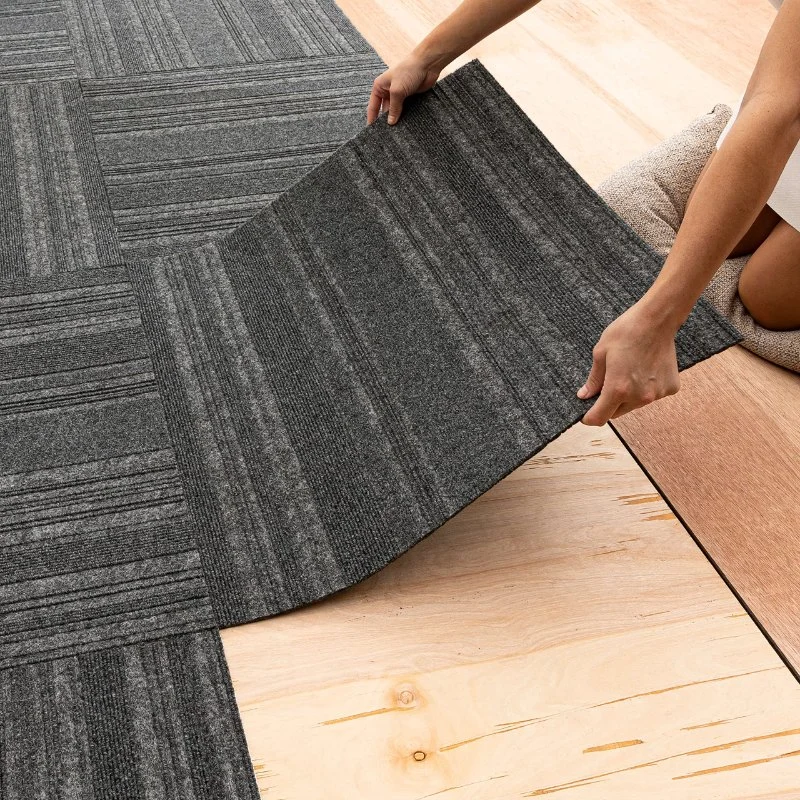
- 1. What Are Carpet Tiles?
- 2. Benefits of Carpet Tiles
- 3. Drawbacks of Carpet Tiles
- 4. Carpet Tile Installation Tips
- 5. Is Modular Flooring Right for You?
1. What Are Carpet Tiles?
Carpet tiles, also known as modular carpet flooring, are square or rectangular pieces of carpeting that fit together to form a continuous surface. These tiles are a versatile and convenient option for both residential and commercial spaces, offering easy installation, maintenance, and customization. Unlike traditional broadloom carpets, carpet tiles can be replaced individually, making them a cost-effective and flexible choice.
One of the main advantages of carpet tiles is that they can be installed in various patterns or arrangements, allowing you to create unique designs or match specific interior aesthetics. Whether you're looking for a bold pattern or a more subdued look, carpet tiles can be tailored to fit your vision.
2. Benefits of Carpet Tiles
2.1 Easy Installation
One of the most significant benefits of carpet tiles is their ease of installation. Unlike traditional carpet, which requires professional installation, carpet tiles can often be installed by homeowners themselves. The tiles typically come with a peel-and-stick backing or a modular interlocking system, which means no glue or staples are needed. This can save you both time and money.
2.2 Durability and Easy Maintenance
Carpet tiles are designed to be durable and resistant to wear and tear, making them a great choice for high-traffic areas. If a tile gets damaged, you only need to replace the individual tile instead of the entire carpet, reducing replacement costs and effort.
Moreover, carpet tiles are easy to clean and maintain. Spills and stains can be quickly addressed by removing and cleaning the affected tiles. This is especially useful in homes with children or pets.
2.3 Design Flexibility
Carpet tiles allow for endless design possibilities. From modern geometric patterns to traditional solid colors, these tiles can be arranged to create unique layouts, such as checkerboard or striped designs. This level of customization is ideal for those looking to add a personal touch to their space.
2.4 Noise Reduction and Comfort
Carpet tiles help reduce noise and offer a comfortable walking surface. The soft texture can make rooms feel cozier, and the soundproofing properties are particularly beneficial in apartments or offices where noise can be an issue.
3. Drawbacks of Carpet Tiles
3.1 Higher Initial Cost
While carpet tiles can be cost-effective in the long run, their initial cost may be higher than traditional carpeting. The price per square foot is often more expensive, particularly for high-end styles or designs. However, this upfront cost can be justified if you value long-term durability and the ability to replace individual tiles rather than the whole carpet.
3.2 Limited Design Options in Some Cases
Although carpet tiles offer design flexibility, some homeowners may find the available styles and colors limited compared to traditional carpet options. Depending on your aesthetic preferences, you may need to search a little harder to find the perfect style that matches your decor.
3.3 Seams and Visible Edges
While carpet tiles are designed to be seamless when installed correctly, the edges of the tiles can sometimes be noticeable, particularly in poorly installed carpets. This can impact the overall aesthetic of the floor, making it look less polished than traditional broadloom carpets.
4. Carpet Tile Installation Tips
4.1 Prepare the Subfloor
Before installing carpet tiles, ensure the subfloor is clean, dry, and level. This helps the tiles adhere better and ensures a longer-lasting result. Any bumps or imperfections in the subfloor can cause the tiles to shift over time, leading to uneven surfaces.
4.2 Plan Your Layout
Consider the direction of the tiles before starting installation. Most manufacturers recommend a specific layout, but you can experiment with different patterns to see what works best for your space. A common approach is to start in the center of the room and work your way outward to ensure a balanced look.
4.3 Use the Right Adhesive
If your carpet tiles don’t have a peel-and-stick backing, use a high-quality adhesive that’s compatible with both the tile material and the subfloor. Be sure to follow the manufacturer's instructions for the best results.
5. Is Modular Flooring Right for You?
Deciding whether carpet tiles are the right choice for your home or business ultimately depends on your specific needs and preferences. If you prioritize flexibility, durability, and easy maintenance, carpet tiles could be an excellent fit. However, if you’re looking for a traditional, seamless look without visible seams, you might want to explore other flooring options.
For those who value customization, easy installation, and cost-effective repairs, modular flooring like carpet tiles is a fantastic option. Check out CarpetHub for a wide range of carpet tiles and other flooring solutions that can transform your space.


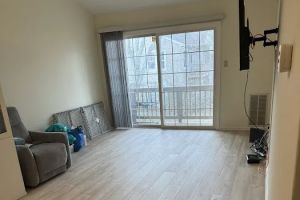

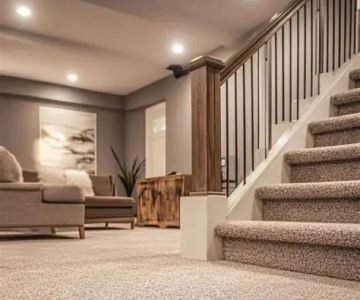
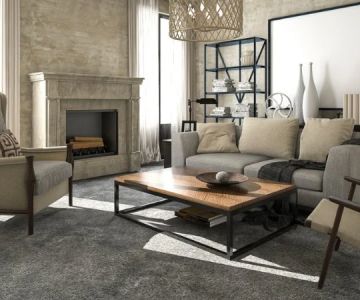


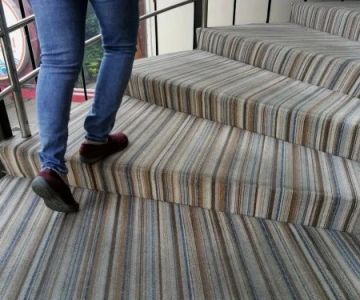
 Baystate Rug and Flooring3.0 (22 reviews)
Baystate Rug and Flooring3.0 (22 reviews) Manhattan Royal Carpet and Floors5.0 (11 reviews)
Manhattan Royal Carpet and Floors5.0 (11 reviews) King Floor Supplies 24.0 (35 reviews)
King Floor Supplies 24.0 (35 reviews) World Market4.0 (481 reviews)
World Market4.0 (481 reviews) The Home Depot4.0 (997 reviews)
The Home Depot4.0 (997 reviews) Kaoud Rugs4.0 (123 reviews)
Kaoud Rugs4.0 (123 reviews) Understanding Carpet Density and Why It Matters
Understanding Carpet Density and Why It Matters Understanding the Cost Differences Between Carpet Types
Understanding the Cost Differences Between Carpet Types Choosing the Best Carpet for Homes with Pets
Choosing the Best Carpet for Homes with Pets How to Prevent Carpet Damage from Pets and Kids
How to Prevent Carpet Damage from Pets and Kids What Are the Benefits of Carpet in a Home with Allergies? | CarpetHub
What Are the Benefits of Carpet in a Home with Allergies? | CarpetHub How to Choose the Right Carpet Padding for Maximum Comfort and Longevity
How to Choose the Right Carpet Padding for Maximum Comfort and Longevity